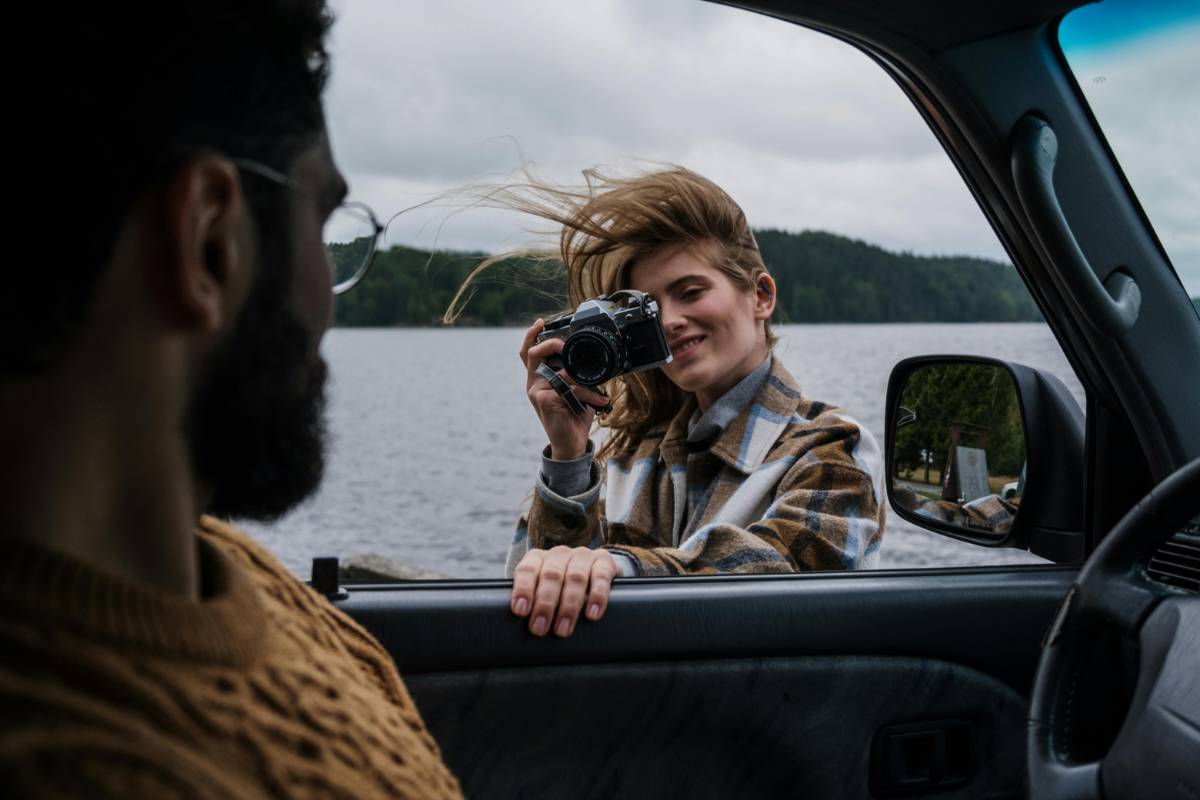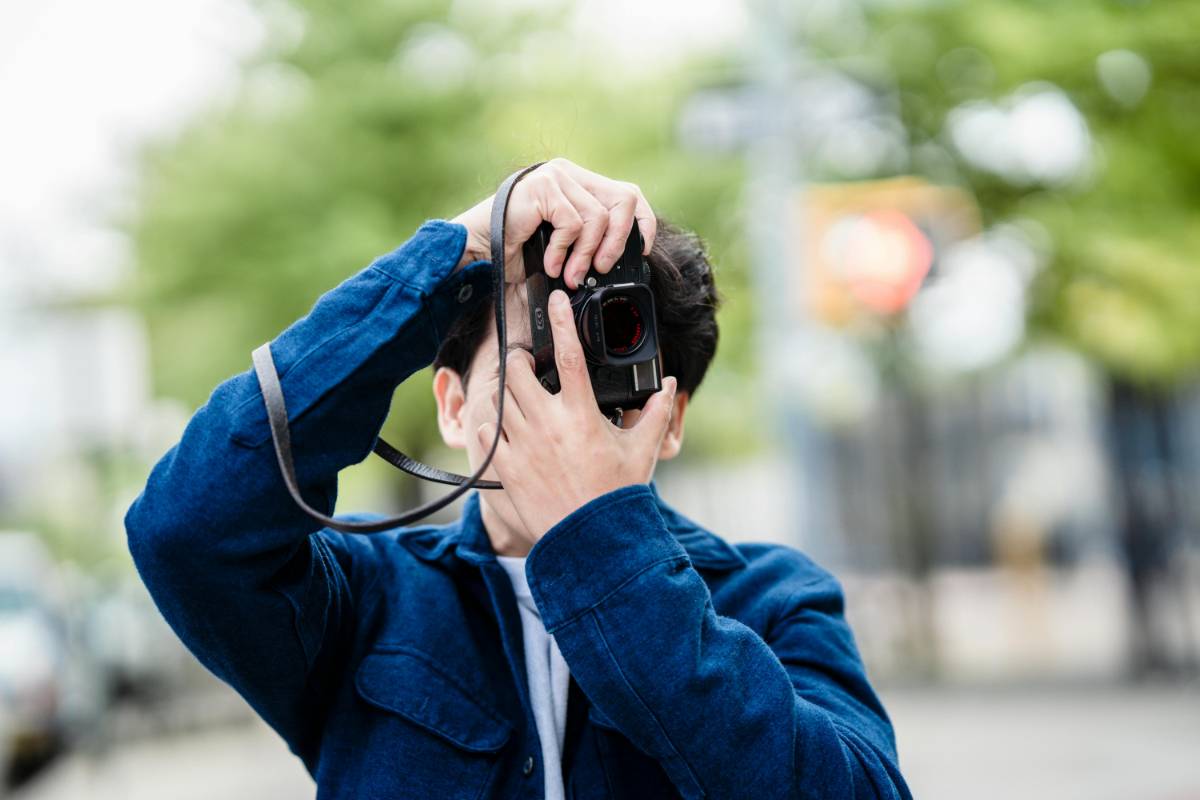

Travel photography allows you to capture the essence of a destination, preserve memories, and share unique perspectives. Whether you’re an amateur or an experienced photographer, learning how to capture stunning travel photos can make your journey even more memorable. This guide provides tips and tricks to help you take breathtaking travel photos.

While smartphones have advanced cameras, investing in a good quality DSLR or mirrorless camera can elevate your travel photography. A versatile lens, such as a 24-70mm zoom lens, will allow you to capture wide landscapes and close-up shots with ease.
In addition to the camera, make sure to carry extra memory cards, batteries, and a tripod for stability. If you’re traveling to remote locations, a lightweight camera bag that’s easy to carry is essential.
The best travel photos are often captured during the golden hours—shortly after sunrise and just before sunset. The soft, warm light creates a magical atmosphere and enhances the colors in your shots.
Avoid shooting in harsh midday sunlight, which can create unflattering shadows and overexposed highlights. If you must shoot at midday, look for shaded areas or use the backlighting technique to create interesting silhouettes.
One of the simplest yet most effective composition techniques is the rule of thirds. Imagine dividing your image into a 3x3 grid, and position the key elements of your photo along the lines or at their intersections.
For example, when photographing a landscape, place the horizon on the top or bottom third of the image rather than in the center. This adds balance and creates a more dynamic composition.
While landscapes are beautiful, some of the most stunning travel photos come from capturing local life and culture. Street markets, festivals, and everyday activities can tell compelling stories about a destination.
Take the time to observe and interact with locals. Don’t hesitate to ask if you can photograph them, but always be respectful and considerate. Capturing candid moments adds authenticity to your travel photos.
A common mistake in travel photography is to shoot everything from eye level. While that’s often the most straightforward perspective, experimenting with different angles can add depth and interest to your photos.
Try shooting from a low angle to make a subject appear grand and powerful, or capture a scene from a bird’s-eye view for a unique perspective. Climbing to higher ground or shooting through a frame can also create more visually striking images.
Not every great photo needs to capture an entire scene. Focus on the small details that often get overlooked, such as textures, patterns, or the way light interacts with an object. These close-up shots can be just as stunning as wide vistas and help to tell a fuller story of your travels.
When photographing architecture, for example, zoom in on intricate carvings or the play of light and shadow on a building’s surface. Small, intimate shots bring a unique perspective to your travel photo collection.

Framing is a powerful tool in photography that can help draw attention to the subject of your image. Look for natural frames in the environment, such as doorways, windows, archways, or tree branches.
Positioning your subject within these frames creates a sense of depth and makes your image feel more immersive. Natural framing also adds an artistic touch to your photos and emphasizes the main subject.
Reflections add an extra layer of intrigue to photos. Whether it’s the reflection of a building on a glass surface, a lake, or a puddle, the mirrored effect creates a visually interesting symmetry.
When photographing reflections, make sure to align your shot properly so that the reflection is clear and not distorted. Additionally, play with the symmetry between the reflected and original images for added impact.
The most captivating travel photos are the ones that tell a story. Instead of just capturing a beautiful scene, try to convey an emotion or narrative with your images.
Consider how the lighting, composition, and subject matter can evoke a sense of wonder, adventure, or peacefulness. Think about how each shot fits into the bigger picture of your travels, and capture moments that highlight the journey rather than just the destination.
Editing is an essential part of the photography process, but it’s important to do so in moderation. Enhance the natural beauty of your photos by adjusting exposure, contrast, and colors, but avoid over-editing to the point where the image looks unrealistic.
Use editing software such as Lightroom or Snapseed to refine your shots. Simple edits like increasing sharpness, adjusting white balance, or adding a slight vignette can make your photos pop without altering their authenticity.
Some of the best travel photos require a little patience. Waiting for the right moment—whether it’s a passing cloud, a changing light, or the perfect person walking into the frame—can make all the difference in capturing a stunning shot.
Make sure you’re always ready to shoot, keeping your camera accessible and prepared for action. The best photos often happen unexpectedly, so being patient and observant can help you capture that magical moment.
Travel photography is about more than just snapping pictures; it’s about capturing the essence of a place, its people, and its culture. By following these tips and practicing your skills, you’ll be able to create a stunning portfolio of travel memories that tell the story of your adventures in a way that’s uniquely yours.











